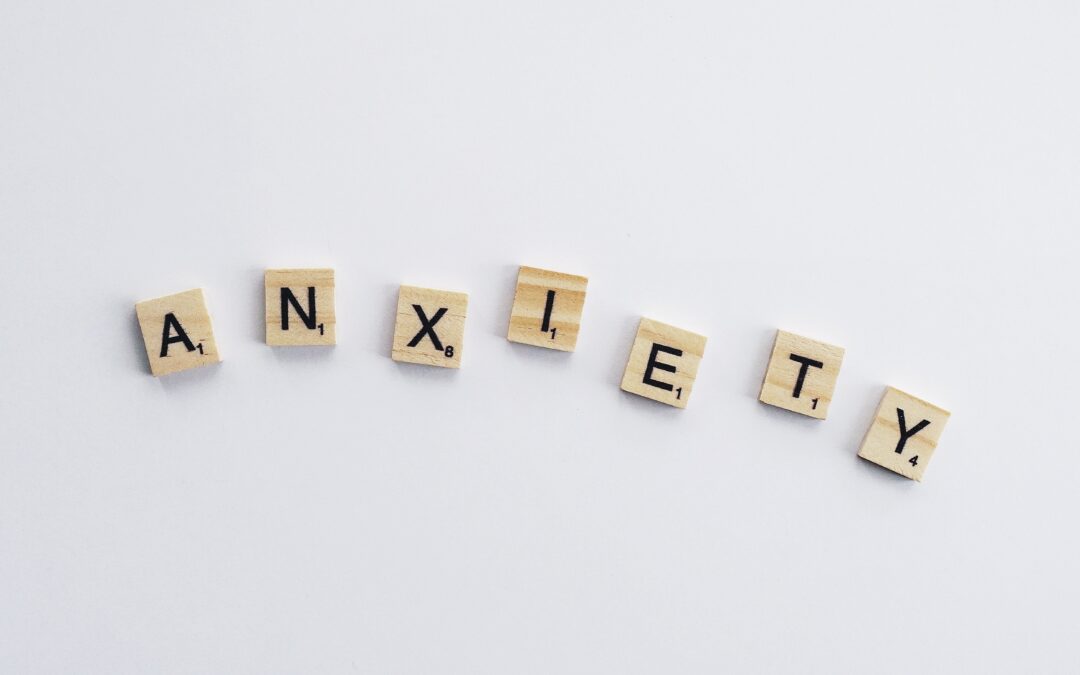OCD and anxiety disorders week (9-15th September)
Anxiety is the body’s natural reaction to dangerous, stressful, or unfamiliar situations. Every one of us experiences anxiety from time to time. It helps us to stay alert and aware and avoid danger. It is normally short-lived, and the feelings subside after a short period of time. Whilst it’s normal to feel a certain level of anxiety, for those suffering from an anxiety disorder, these feelings can be debilitating and can significantly impact their day-to-day life.
Anxiety disorders are the most common group of mental health conditions in Australia and affect 1 in 4 Australians at some stage in their life. (Source: Healthdirect.gov.au)
OCD and anxiety disorders week first began in 2009. It aims to share knowledge and reduce stigma around OCD and anxiety related disorders.
There are six different types of anxiety disorders:
- Generalised Anxiety Disorder (GAD) – Frequently worrying and feeling anxious about several different things.
- Panic Disorder (PD) – Regular and unexpected panic attacks. (Periods of intense discomfort or fear.)
- Social Anxiety Disorder (SAD) – Having a noticeable and constant fear of being criticised, embarrassed, or humiliated in one or more social or performance situations.
- Specific Phobia – Fear of a specific object or situation. Noticeable anxiety when exposed to a specific feared object or situation. This often leads to avoidance.
- Post Traumatic Stress Disorder (PTSD) – Develops following a traumatic event and is characterised by intrusive thoughts about the incident, recurrent distress/anxiety, increased physical and mental tension, distressing flashback, and avoidance of similar situations.
- Obsessive Compulsive Disorder (OCD) – Ongoing unwanted/intrusive thoughts and fears that cause anxiety and compulsive behaviours. Although they may acknowledge these thoughts as insignificant, they often try to alleviate their anxiety by performing certain repetitive behaviours and rituals.
Symptoms
- A sudden feeling of panic & fear (Panic attack) – (Feeling apprehensive or powerless)
- Increased heart rate (racing heart)
- Chest pain
- Shortness of breath
- Dizziness or lightheaded
- Hot flashes (sweating) or chills (sudden trembling)
- Cold or sweaty hands and/or feet
- Numbness in the hands and/or feet
- Uneasiness, nausea, or cramps (churning stomach or stomach-ache)
- Memory problems – Difficulty concentrating
- Sleep-related problems
- Persistent, repeated, and unwanted thoughts
- Obsessions and compulsions. Compulsive or ritualistic behaviour to get rid of the thoughts
Causes
The exact cause is not completely known or understood. It may be associated with:
- Changes in the chemistry and functioning of the brain
- Family history
- Environmental factors and stress
- Infections
- Stressful and traumatic life events
- Other mental illness/conditions
- Physical health issues
- Substance or alcohol use/abuse
It’s time to see your doctor or mental health professional if anxiety is impacting your everyday life. This is the first step to getting the help and support you need. If left untreated, anxiety disorders can lead to many complications and possibly life-threatening complications in severe cases.
